The crowds of New York City had just started to die down as people started to line up outside the Richard Rodgers Theater. The line went several yards back, into a small area covered in concrete. We got into the line, waiting for the doors to open and let us in.
While we stood waiting, we saw a woman walking down the line, pleading with people to sell a ticket for her. Nobody responded, but she continued to beg, using her charm to try and convince families to hand their precious tickets over.
Nobody was that stupid. This was the hottest ticket in the city. This was “Hamilton” on Broadway.
It felt like it was hours until the doors opened, and we all started to shake with excitement, even though the doors weren’t in our line of sight. We slowly shuffled forward, turning around the corner onto the main sidewalk. Along the front of the theater were tons of people, sitting in chairs and blankets. Two days, they told us. These people had been sitting in front of the theater for two days, hoping they could receive discarded tickets, even though the chances were very low.
We gave our tickets to the lady standing at the entrance, entering the small theater. We navigated the narrow hallways, climbing stairs, as our seats were pretty high up. The theater was smaller than we had expected.
The set of the stage wasn’t grand. The floor was covered with wood, and there were stairs to reach the platforms that hugged the walls of the stage. The background had a purplish hue, and black-lined lights were scattered across the floor.
The musical was written by Lin Manuel Miranda, who also plays the main character, Alexander Hamilton. In July of 2008, Miranda read Ron Chernow’s biography of Alexander Hamilton on vacation and proceeded to write a rap. He continued to write the musical, and it was finished in 2012.
The theater slowly started to fill up with people as everyone took their seats, and soon the theater lights went off. The crowd started cheering, and the music started up. Leslie Odom Jr. came onto the stage, singing his verse. One by one, the other actors came onto the stage. After Washington’s verse, Hamilton got on stage and the music paused for a full 15 seconds so the crowd could cheer. Hamilton had his fist raised into the air, frozen in place as the crowd roared and applauded.
The musical continued, and in the center of the stage were two rotating circles: one was on the inside and went counterclockwise, and the circle hugging it went clockwise, so the characters were always moving. This made it seem like there was a lot more movement than there actually was.
The characters wore clothing from the 1700s with the men in coats and pants and women in long dresses. The ensemble was dressed the same; they had on pale brown coats, pants, and black boots.
The flow of the play was great, with the actors seeming to glide across the stage. King George received a huge laugh out of the crowd, even though he only got a total of five minutes of stage time. Ultimately, though, the best part was the music.
When we’re sitting in the crowd, it takes a second to realize, yes, we are here, and no, this is not the soundtrack. If someone like me listened to the whole track before watching the play, they’d be astounded at how similar the recording is to the real thing.
There were a lot of emotions going on during the play; tons of funny lines and characters who switched the play up. For instance, during the first cabinet battle, after Jefferson’s part, Jefferson literally dropped the microphone, backing up with a smirk on his face. A member of the ensemble caught the microphone before it hit the floor, but it still made an impact on the audience and the audience erupted with laughter.
There were also sad moments, like when Philip Hamilton, Hamilton and Eliza’s son, died in a duel. The song “It’s Quiet Uptown” had so much more raw emotion and hit the audience harder live than the soundtrack ever could. In “Burn,” we could feel the anger in Eliza’s voice, emotion dripping in her voice.
In “The World Was Wide Enough,” Burr’s desire for revenge was felt throughout the theater. His whole life he had been cast away, and Hamilton was always the one there to force him down the totem pole. After Hamilton endorsed his greatest enemy, Jefferson, instead of Burr, it was Burr’s last straw. After Hamilton was killed, the audience felt the regret of Burr, the sadness of Eliza and Angelica, and the longing Eliza felt for her husband.
The musical ended on a sad note, with the last lines of the song getting softer and softer. The stage went dark and the audience cheered and whistled. The stage lit up again for curtain call, and every character did their bows. At the end the whole cast stood in a line, took a group bow, and ran off of the stage. The stage lights dimmed and the house lights came up, people starting to shuffle out of the theater.
We followed the crowd out of the small theater, stepping outside into the warm June night. It was peaceful. We could hear the natural sounds of the busy city, the bright lights of Times Square creating a neon glow. Tons of people were waiting for the actors to come and sign stuff, but we left. We took Uber back to our hotel, letting what we’d just seen sink in. We continued our New York trip the next day, but if someone were to ask what our favorite part of the whole trip was, we’d say “Hamilton” without hesitation.



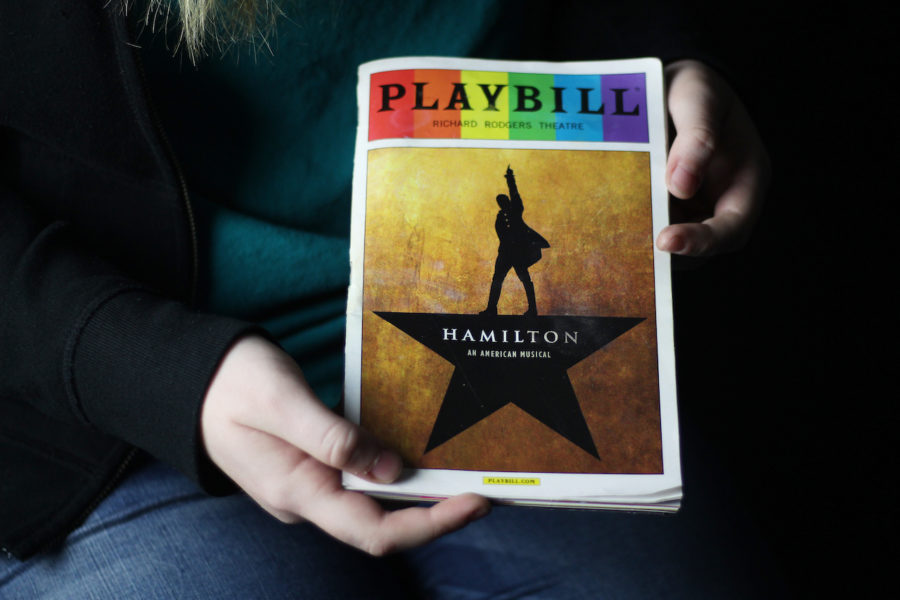
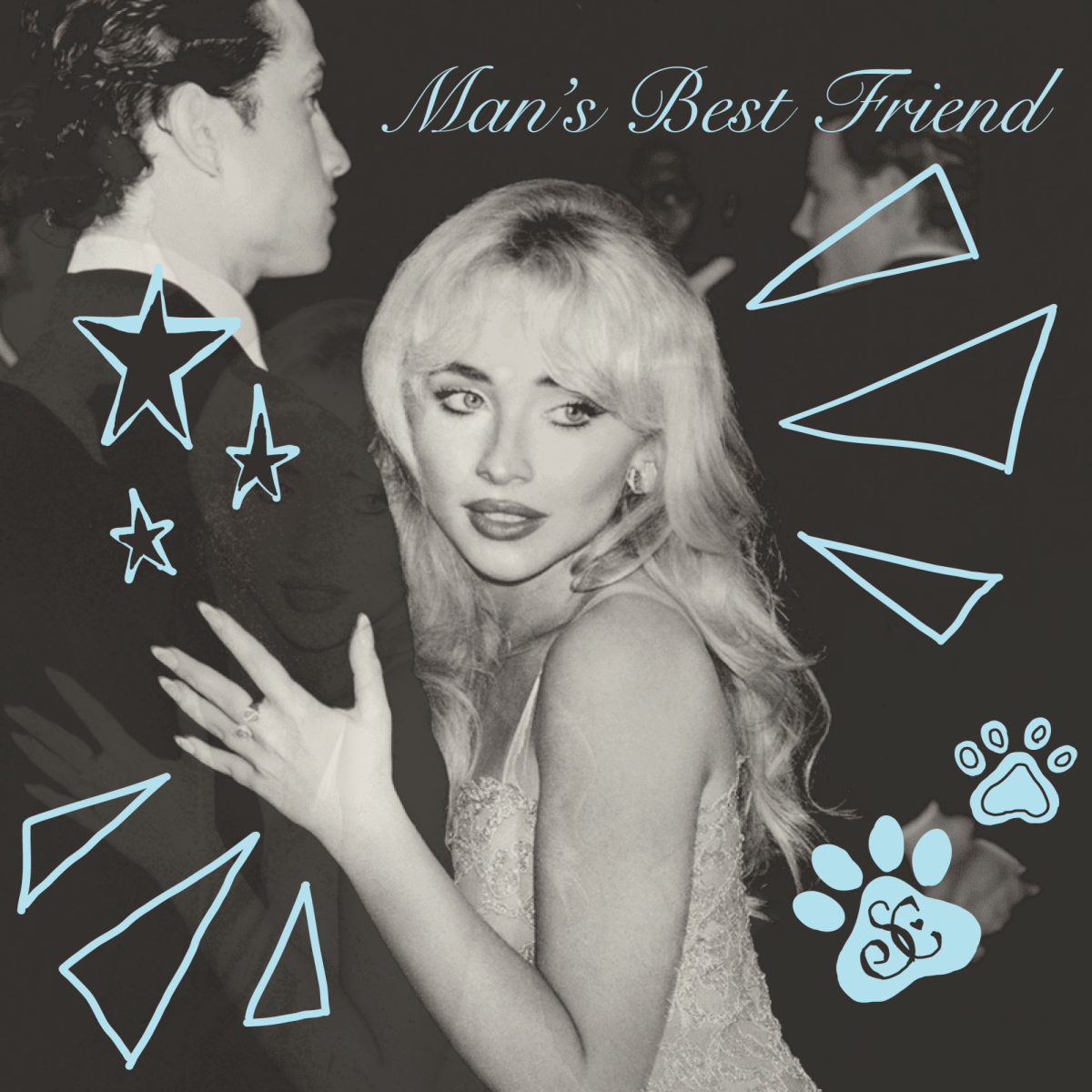

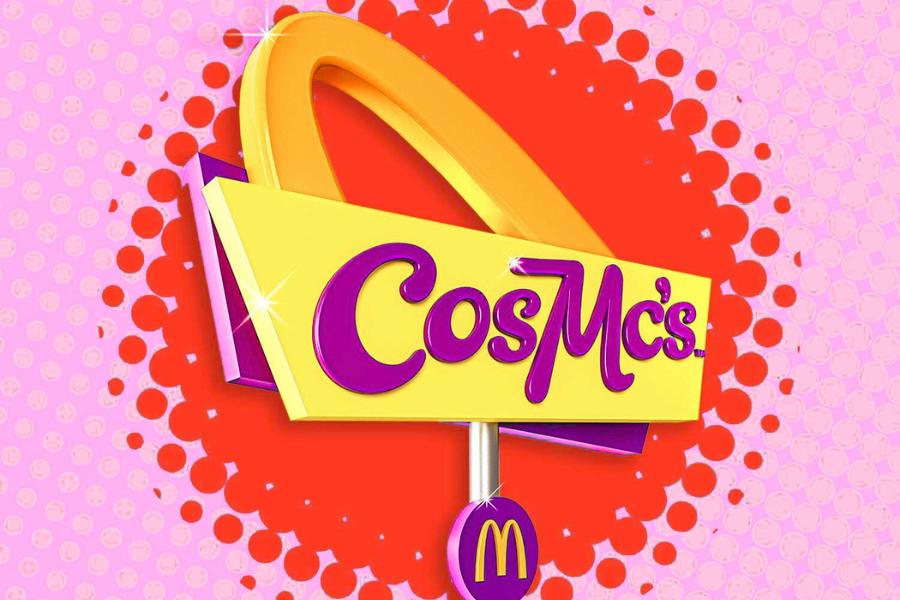

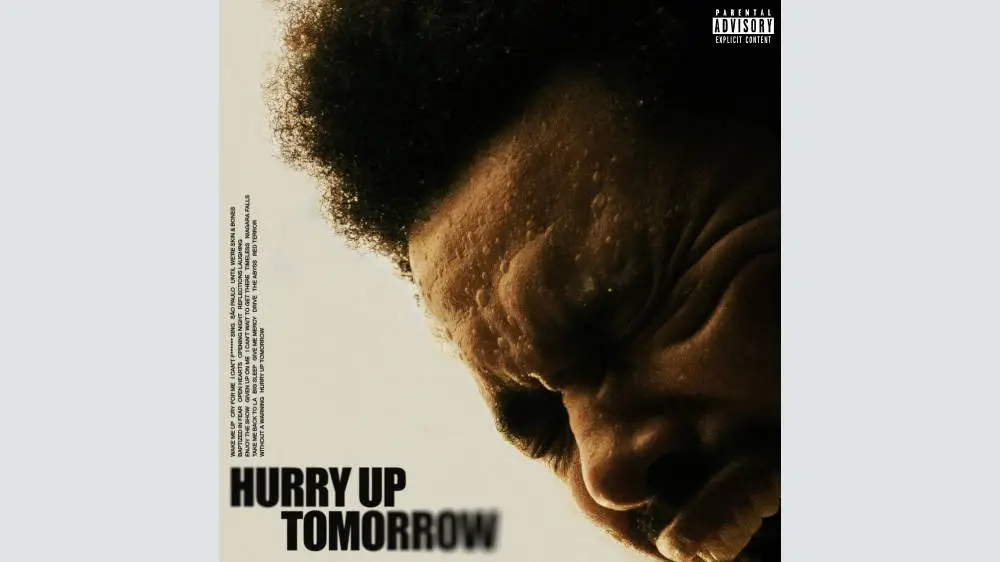

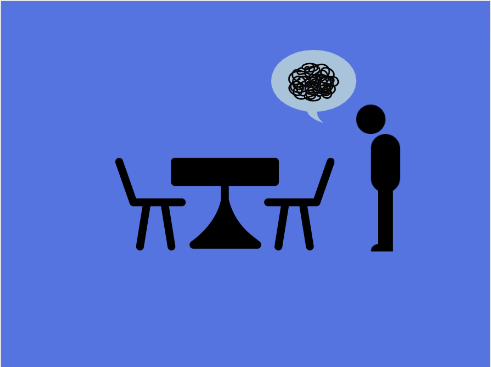
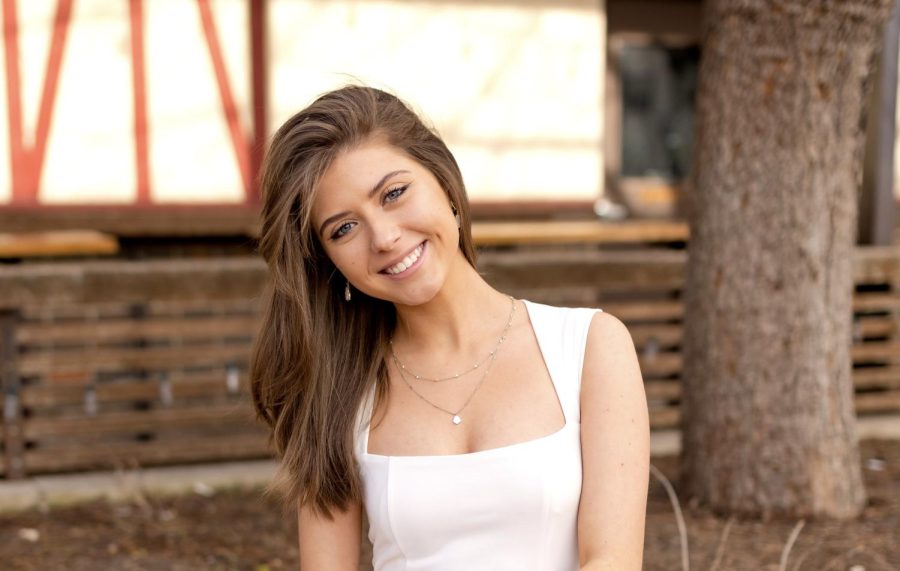
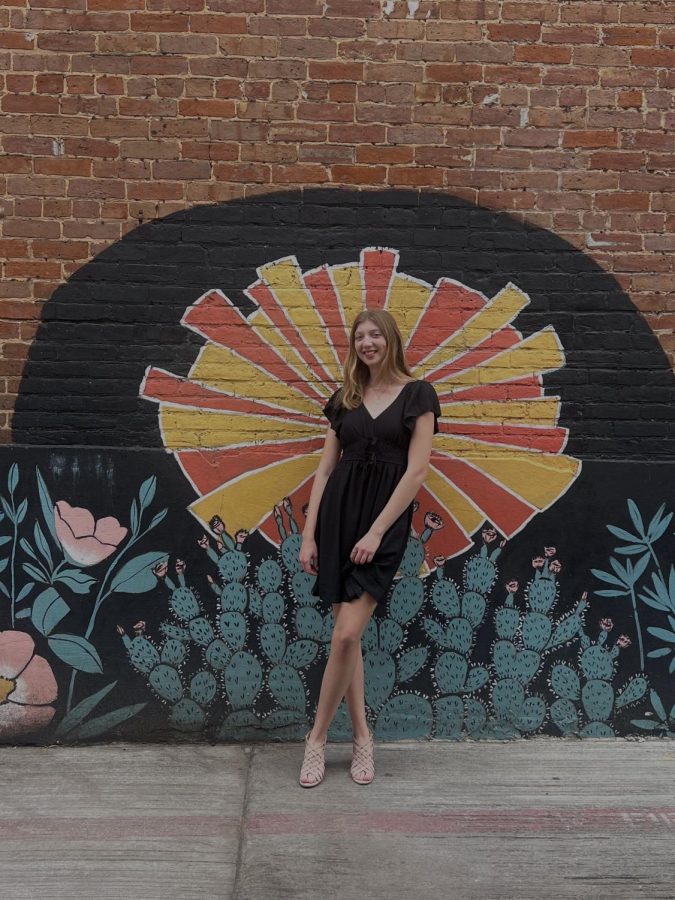
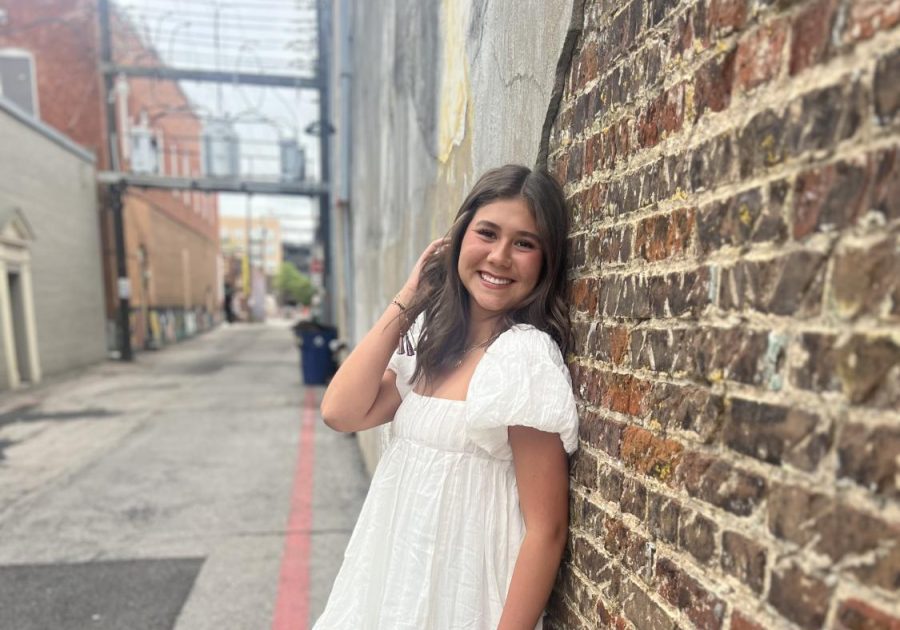
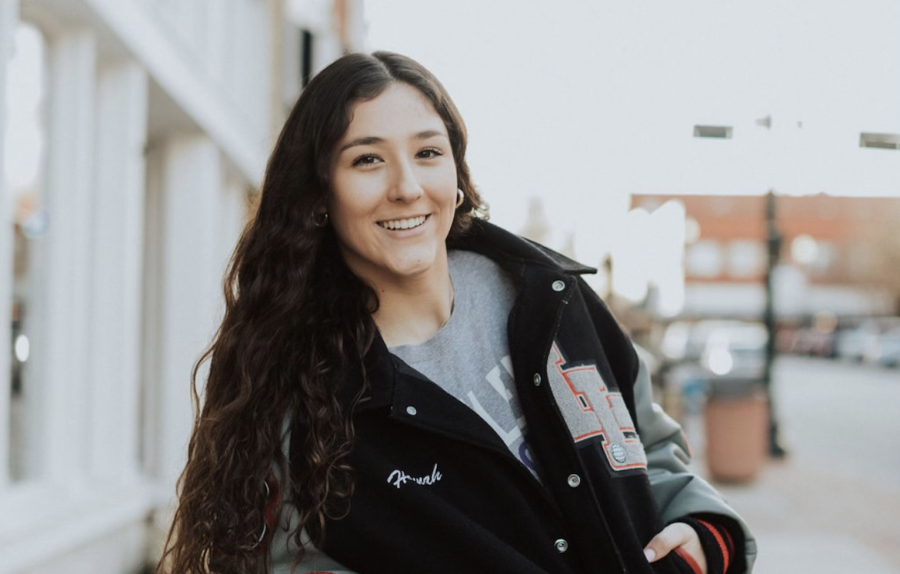
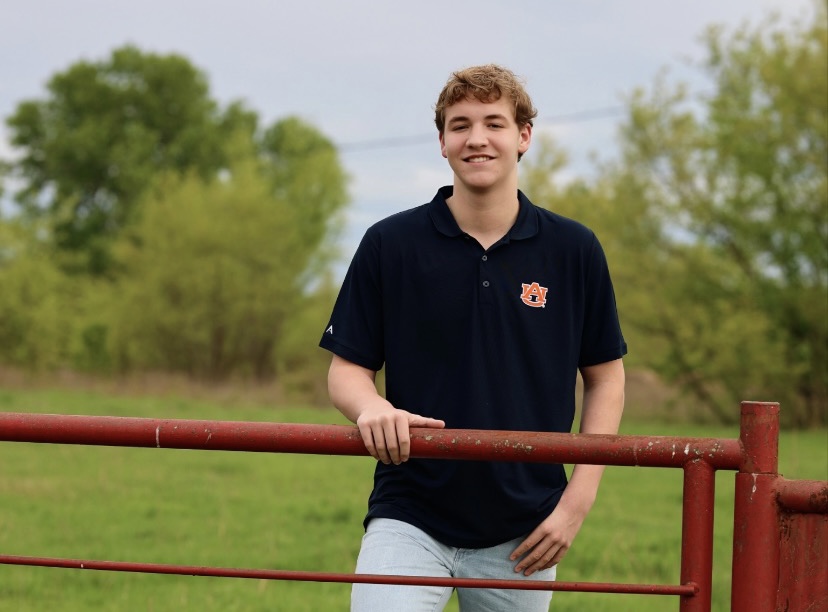
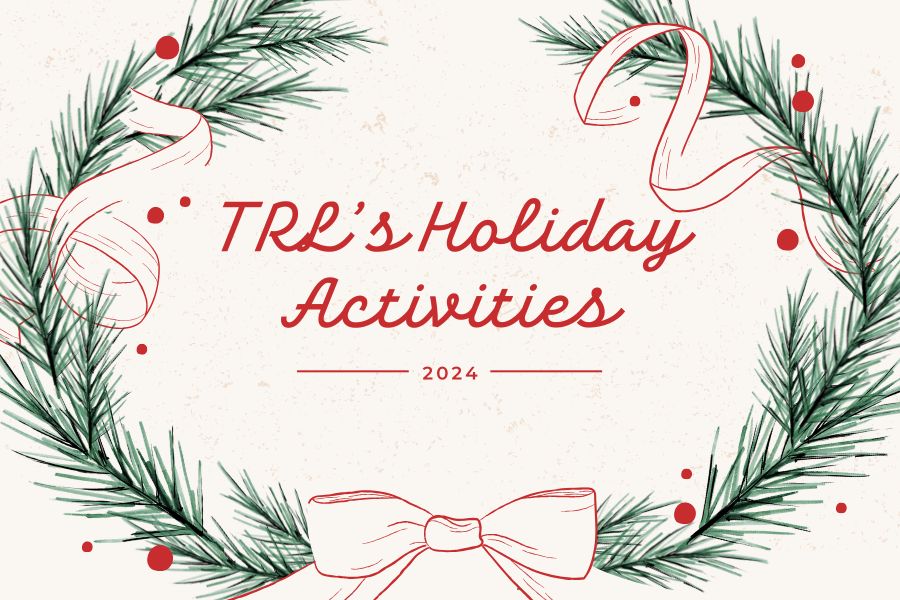


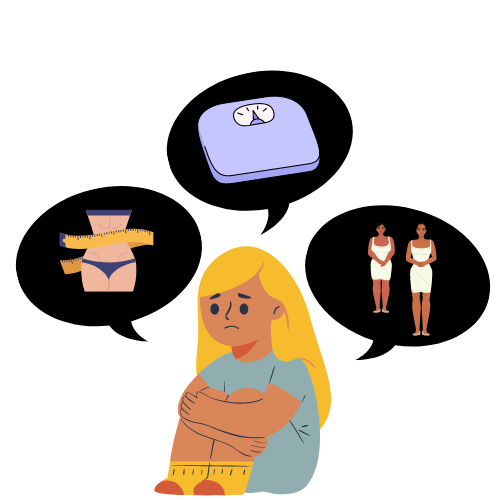

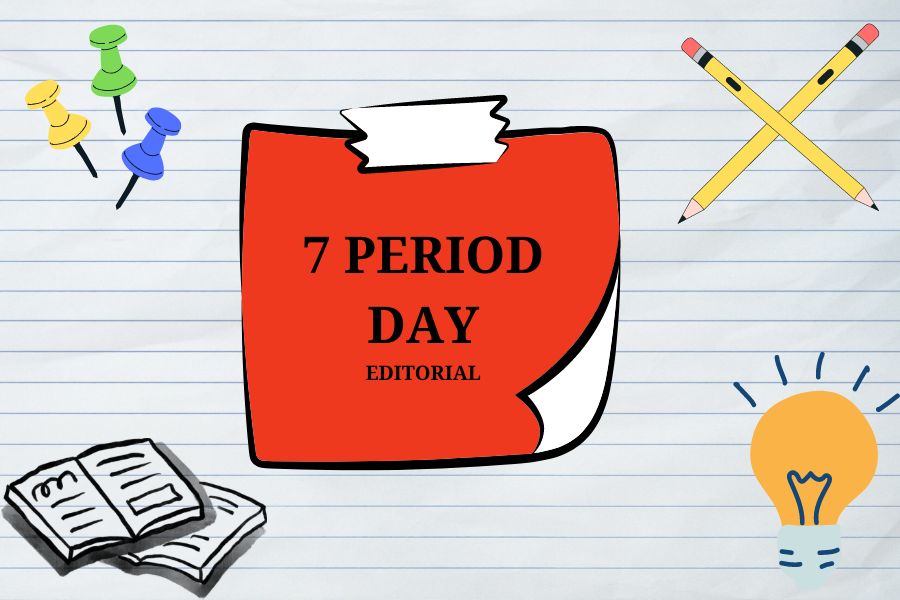


Stu Mair • Oct 9, 2016 at 11:32 pm
Fantastic story paired with an amazing photo. I’d be lying if I said I wasn’t jealous of you getting a seat in that small theater. Great review with a personal touch.